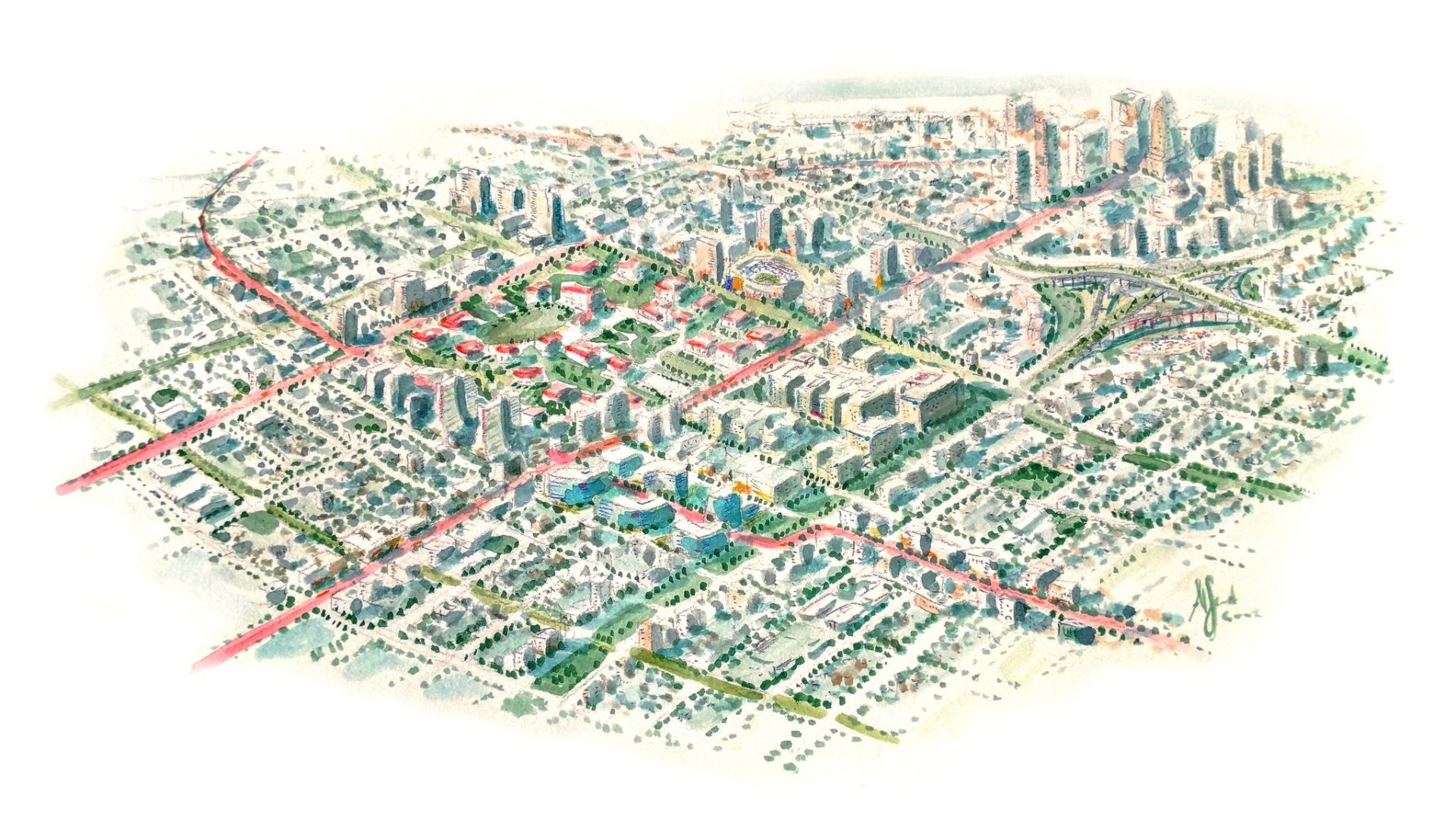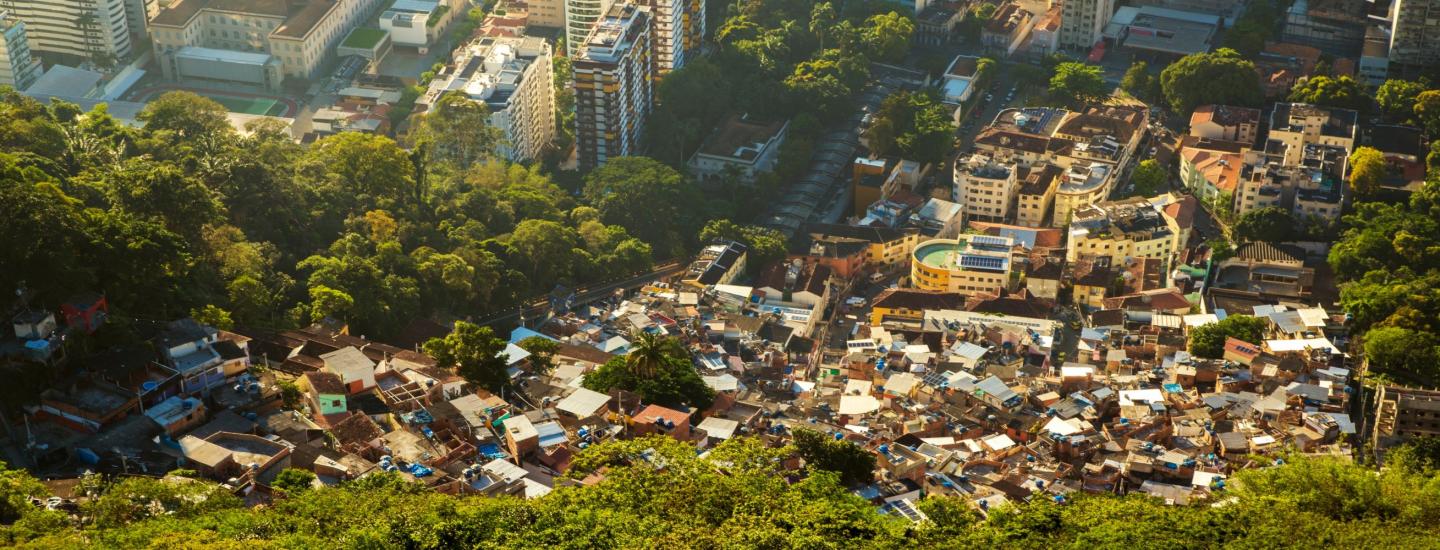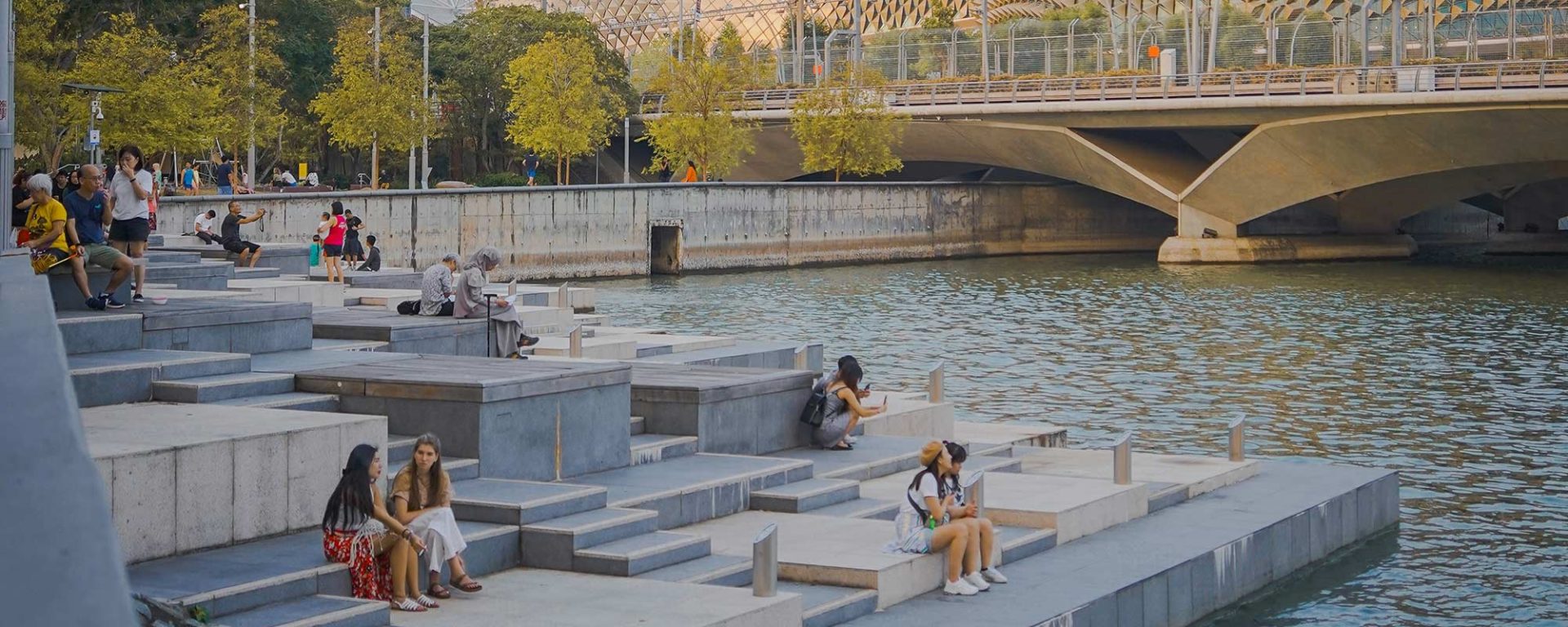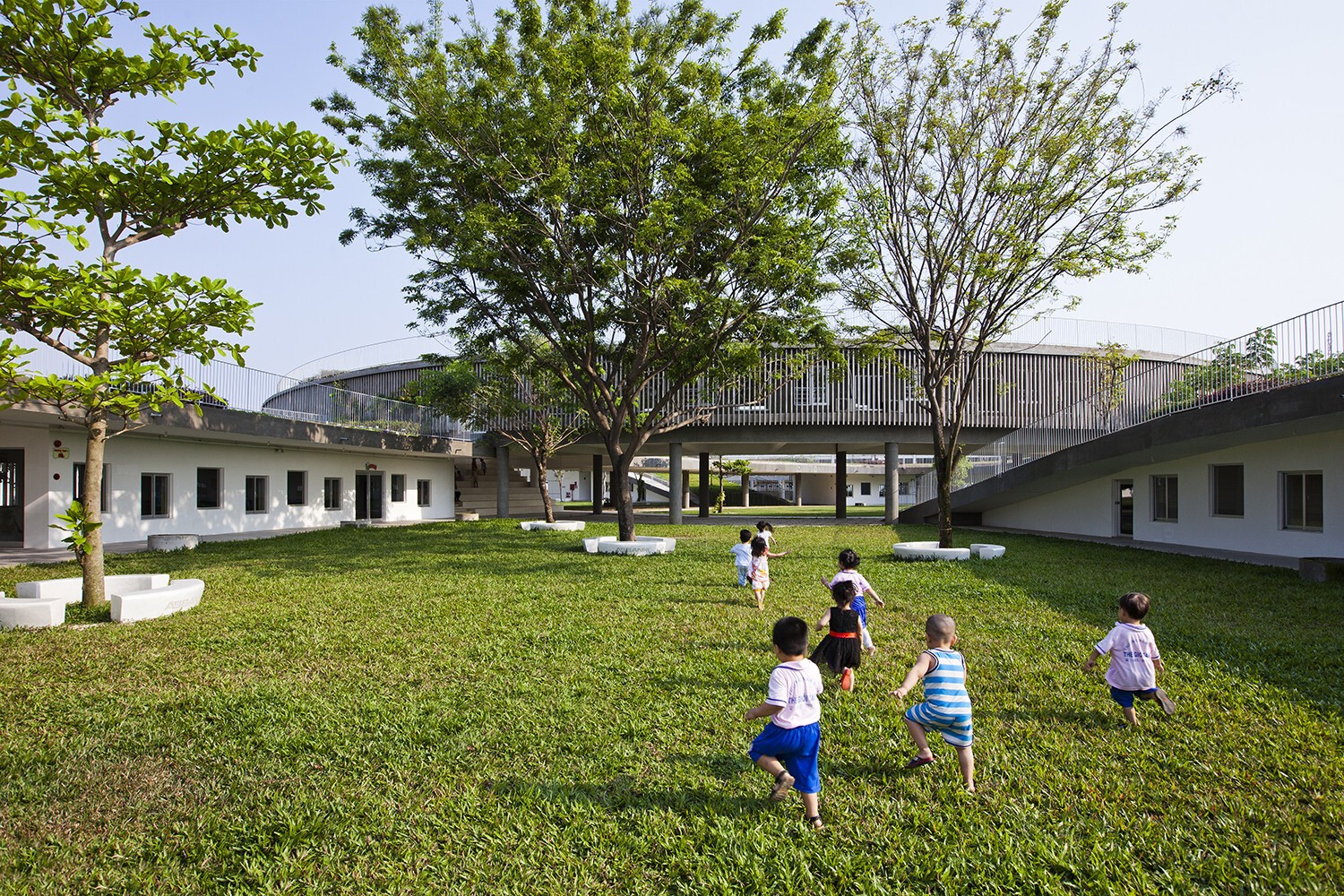The city of the future is a remodel, not a rebuild
Alfred Twu, an artist and architect who works on housing and transportation projects, wrote a guest post for Noah Smith’s newsletter with lots of interesting views on the evolution of cities. It’s mostly a sequence of statements of a few paragraphs, so a bit hard to summarise, but here are some outtakes to encourage you to read through, plus there are quite a few of his illustrations spread out along his writing. Twu wrote about renovation, the economy, lifestyle, shopping, colleges, transportation, and dreams.





